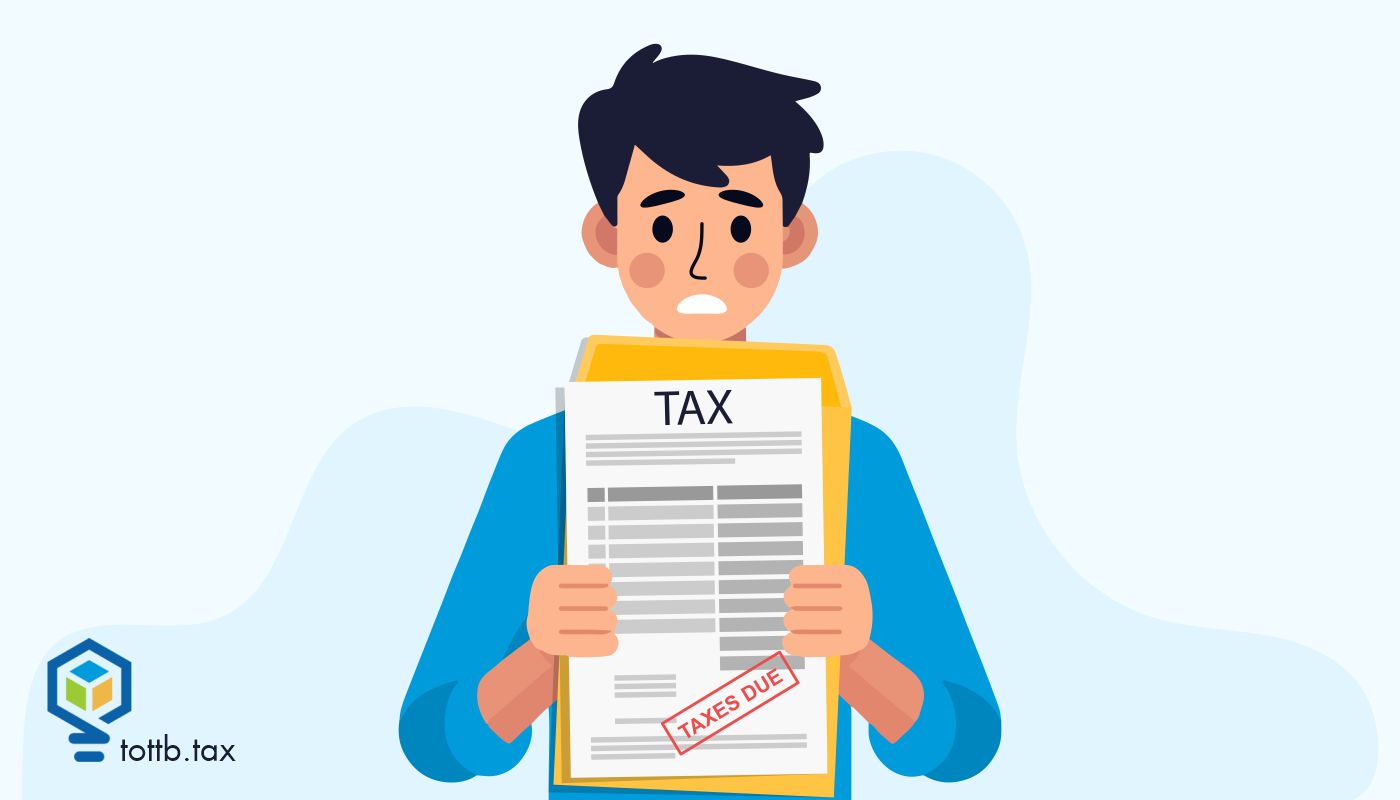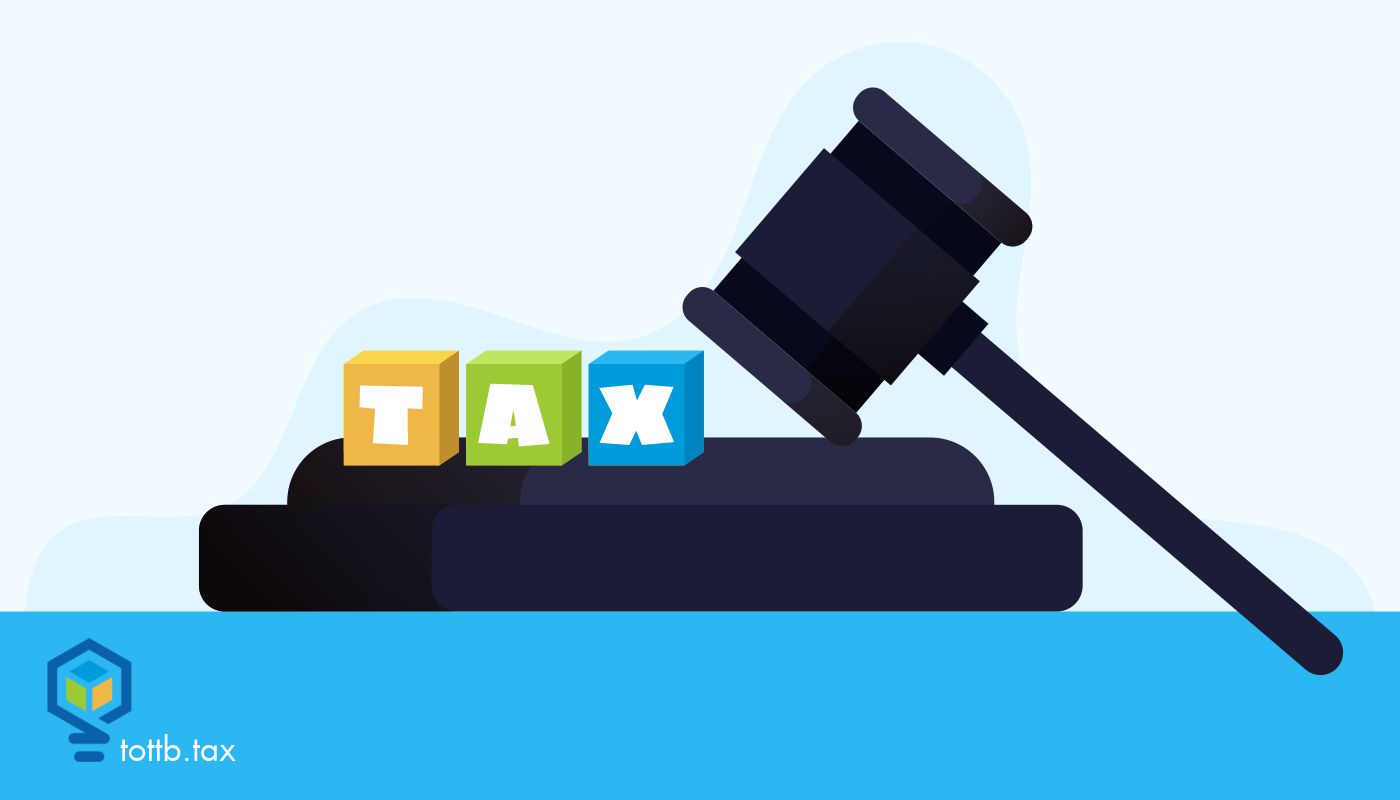Wash Up for Tax Savings – Cryptocurrency and the Wash Loss Rule
When recognizing capital gains during a tax year, it can often make financial sense to sell assets that have lost value to offset profits in other investments or regular income. In this situation, you swap stocks, bonds, or mutual funds by buying a similar asset, selling the old asset and taking a loss.
This strategy is called tax-loss harvesting, and it can be applied under certain circumstances which will lower your taxes. Yet while the tax deduction might seem appealing, you might have a hard time locking in that loss forever, and you may be inclined to repurchase the same investment in case the value rebounds.
This strategy may appear brilliant on paper; however, the IRS doesn’t allow such manipulation just to reduce taxes.
The Wash Loss Rule prevents traders from realizing a tax loss on a position that the taxpayer reacquires within 30 days after (or before) selling a security.
But a little known loophole may allow you to complete a wash sale and claim your deduction without recognizing the loss forever as long as it is crypto.
Cryptocurrency continues to be an area where the rules don’t always seem to make sense. Most experienced investors are already familiar with the “Wash Loss Rule,” while many newer investors have recently learned about it the hard way.
To learn this valuable strategy for offsetting your capital gains while remaining in the investment gain for expected future growth, continue reading to learn more.
Read More








